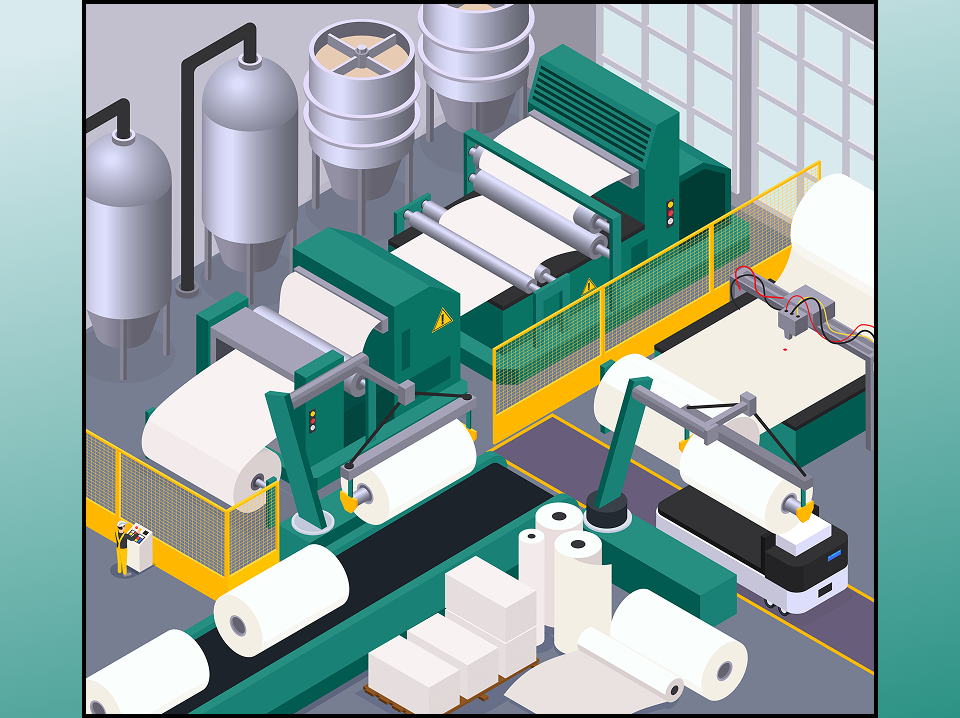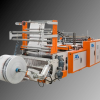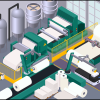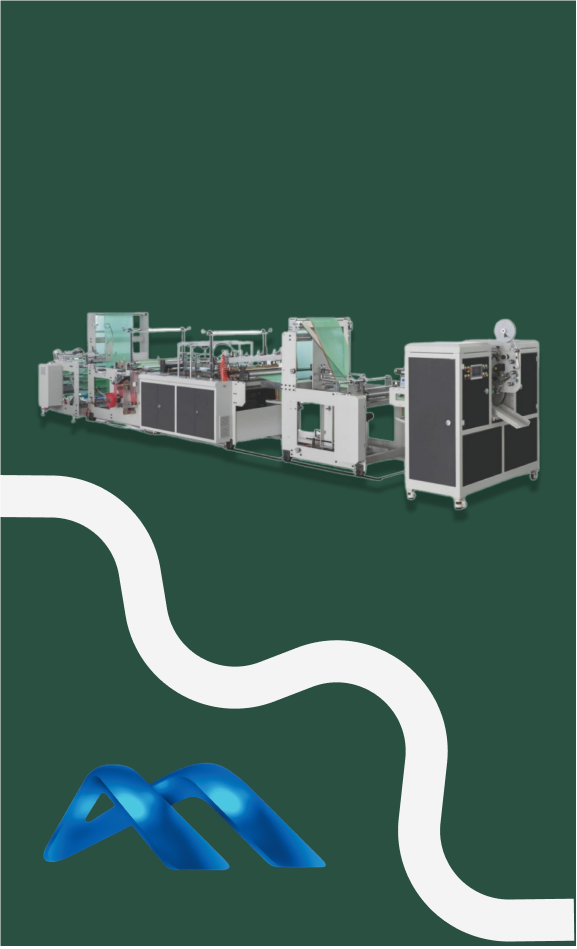The Future of Plastic Manufacturing: Trends and Innovations
The plastic manufacturing industry is evolving rapidly, driven by technological advancements, environmental concerns, and changing market demands. Companies that stay ahead of these trends can enhance efficiency, reduce waste, and improve product quality. Here are the key trends and innovations shaping the future of plastic manufacturing.
1. Sustainable and Recyclable Plastics
With increasing global awareness about plastic waste, manufacturers are focusing on sustainability. Key developments include:
- Biodegradable Plastics: Materials that break down naturally, reducing long-term environmental impact.
- Recycled Plastics: The use of post-consumer and post-industrial plastic waste to create new products.
- Closed-loop Manufacturing: Systems that allow manufacturers to recycle and reuse plastic waste efficiently.
2. Advanced Automation and AI Integration
Automation and artificial intelligence (AI) are revolutionizing plastic manufacturing by improving efficiency and precision. Benefits include:
- Smart Sensors: Real-time monitoring of machines to detect issues before they cause downtime.
- Robotic Systems: Automated sorting, quality control, and packaging for increased production speed.
- AI-Driven Optimization: AI algorithms that analyze production data to optimize processes and reduce waste.
3. 3D Printing in Plastic Manufacturing
Additive manufacturing, or 3D printing, is becoming a game-changer in the plastic industry. Advantages include:
- Customization: Rapid prototyping and tailored production for specific customer needs.
- Material Efficiency: Reduced waste by using only the necessary amount of material.
- On-Demand Production: Faster turnaround times and reduced inventory costs.
4. Smart and Functional Plastics
New materials are being developed to improve the functionality of plastic products. These include:
- Self-Healing Plastics: Materials that can repair minor damages on their own.
- Conductive Plastics: Used in electronics and automotive industries for lightweight and durable components.
- Antimicrobial Plastics: Designed for medical and food packaging applications to prevent bacterial growth.
5. Energy-Efficient Manufacturing
Energy consumption is a major cost factor in plastic manufacturing. Companies are adopting:
- Eco-Friendly Production Techniques: Reduced energy usage through improved machine efficiency.
- Solar and Renewable Energy Integration: Using green energy sources to power manufacturing plants.
- Lightweight Materials: Lower energy consumption in transportation and logistics.
6. Regulatory Compliance and Circular Economy Initiatives
Governments worldwide are introducing stricter regulations on plastic use and disposal. Key developments include:
- Extended Producer Responsibility (EPR): Manufacturers taking responsibility for the recycling of their products.
- Bans on Single-Use Plastics: Encouraging the shift toward sustainable alternatives.
- Circular Economy Models: Designing products that can be easily recycled or repurposed at the end of their life cycle.
Conclusion
The future of plastic manufacturing is shaped by sustainability, automation, and advanced materials. Companies that embrace these innovations will not only stay competitive but also contribute to a greener and more efficient industry.
At Agil Industrie, we are committed to staying at the forefront of these advancements by providing high-quality spare parts and solutions for plastic processing. Explore our range of products at Agil Industrie!








